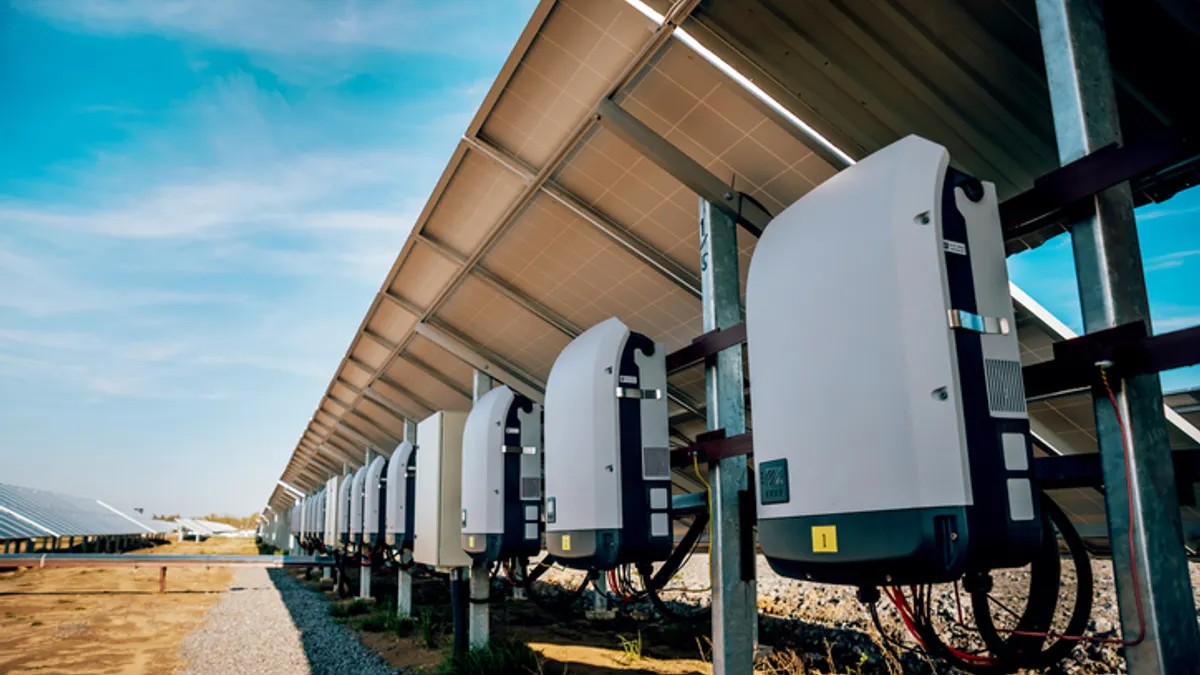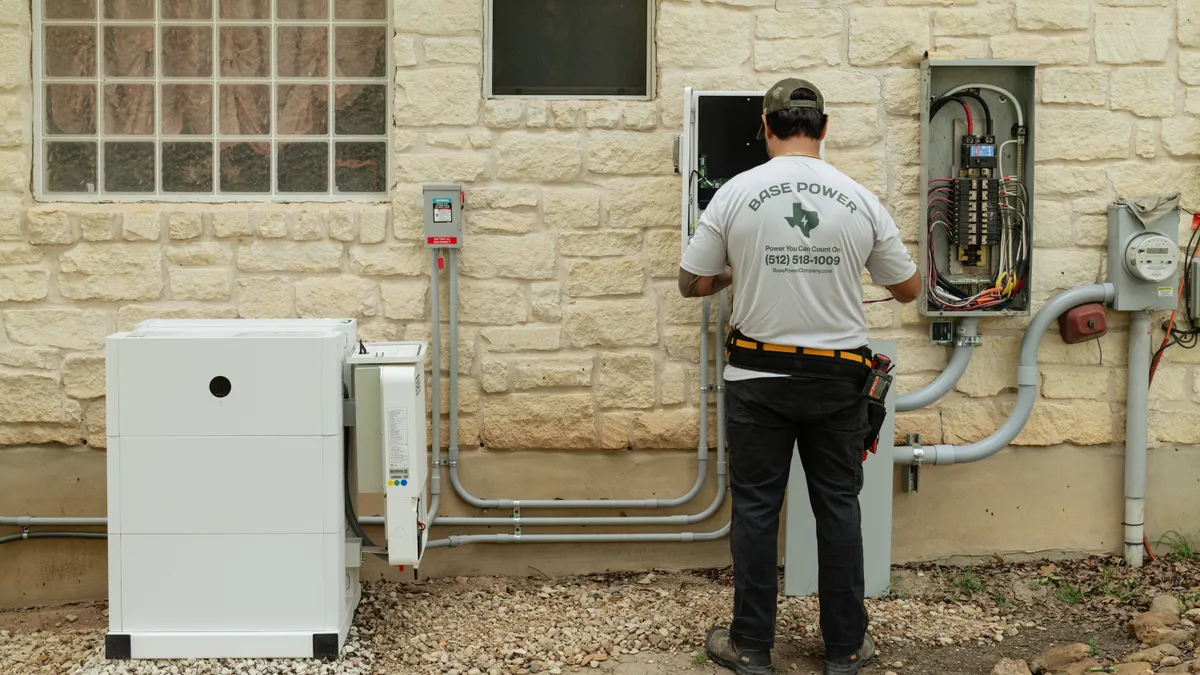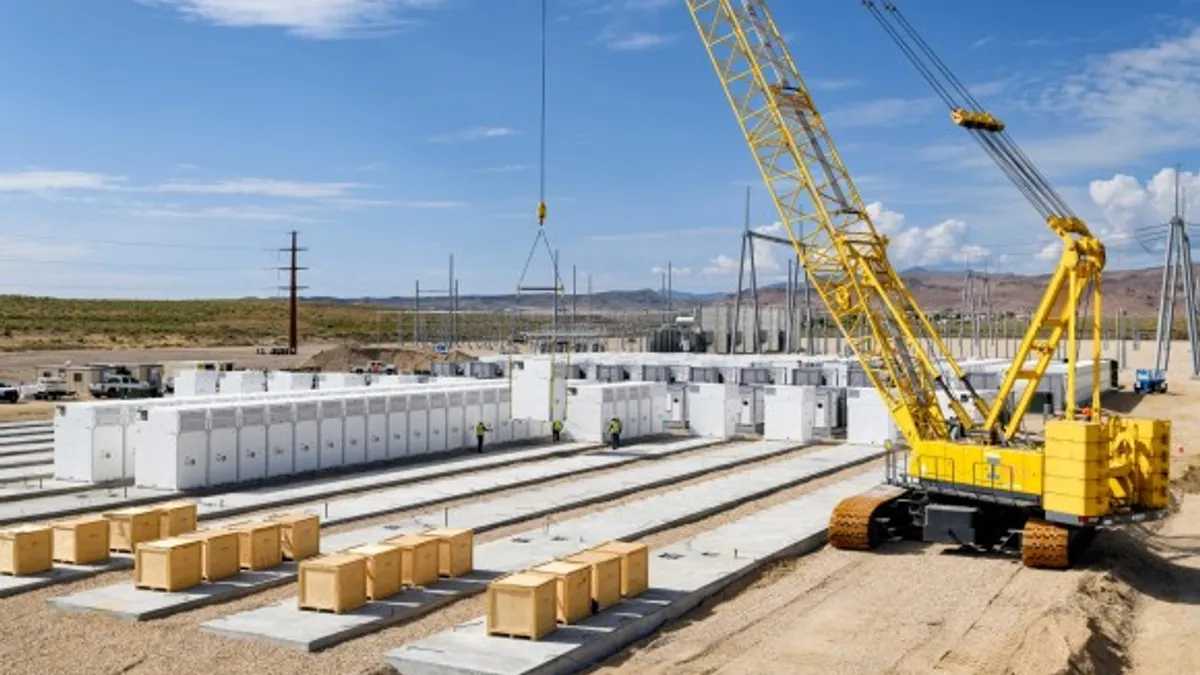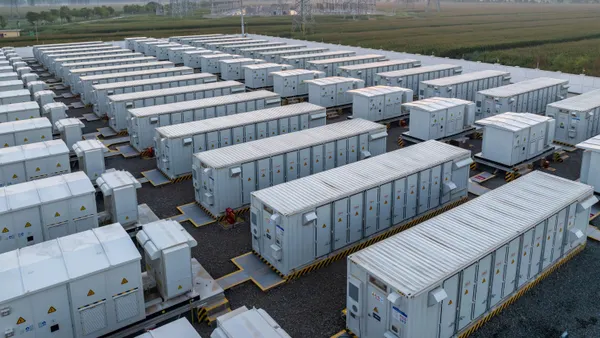Ryan Franks is a senior technical solution engineer at TWAICE.
In the early days of the modern energy storage system, or ESS, era, there was a heavy emphasis on market and regulatory acceptance. The industry celebrated every advancement and project, from a single 500-kWh system to the mere acknowledgment by Wall Street and regulators that ESS had unique properties that could benefit the electricity grid. Energy storage is now moving from this early stage of needing to be accepted to needing to be optimized as ESS deployments proliferate.
With this shift comes reflection upon the challenges the storage industry needs to overcome in 2024. These comprise three issues that will be front and center for energy storage in the coming year.
Accurately determining availability of inverter-based resources
Unlike historical generation involving rotating machinery, which takes a long time to adjust production as massive turbines are slowed or accelerated, ESS systems can instantly provide power. However, this same unique responsiveness also means that power can instantly disappear from the grid. For reliability and market operation reasons, ESS must develop transparent and accurate measures of availability.
Availability is the percentage of time that the ESS system has been operating. Viewed more broadly, measures of ESS availability must be developed for ESS fleets in a meaningful way depending on where they connect with the grid, such as at the market, interconnection node, or state level. Doing so will advance grid planning by providing realistic scenarios for ESS operations as storage becomes a higher percentage of the power asset mix.
However, ESS can also be operating but not providing its full power or energy. Issues such as inverter faults, weak cells or modules, and imbalanced modules and strings have been commonly reported as factors in an ESS not providing full nominal power for a contracted or specified time or not providing full nominal energy. Additional metrics such as “specified availability,” where power output divided by nominal output is tracked in time periods, is necessary to identify operational problems, maintain grid reliability and perform accurate electricity market operations.
Maximizing warranty and insurance granularity
The uncertainty of capital costs in ESS development must be minimized wherever possible. Two strategies that contribute to reducing this uncertainty are the development of project-specific warranty terms and project-specific property and casualty insurance terms, based upon the components used, charge and discharge behavior, and environmental conditions.
Currently, most warranties on ESS systems regarding end of life are dependent upon adherence to warranty-relevant cycles, or how much of an operation of a battery system was done within the window of operation formed through temperature constraints, C-rates, depth of discharge and rest periods. However, each ESS operates under specific environmental conditions and unique charge and discharge profiles related to use cases and/or market opportunities. Moreover, these conditions and profiles can change with time. Dynamic warranty curves that are based on the unique environmental, market and usage factors of an ESS project can be enabled with monitoring, facilitating appropriate risk consideration for all stakeholders in a project’s supply chain.
Property and casualty insurance for ESS installations is currently structured uniformly across technology classes, installation practices and environments. This practice is analogous to offering one insurance product for cars without considering the driver, the location and the cost and equipment attributes of the vehicle. As the ESS industry continues to mature, more granular consideration of risk including the factors of battery type used, safety protections in place, physical location context, operational procedures and available emergency response assets, will lead to more competitive insurance products from brokers and more accurate determinations of risk from project developers and integrators.
Increasing real and perceived safety
In battery ESS, thermal runaway incidents emanate from the DC storage block, but can be attributed to the cells or modules themselves, the balance of plant systems (e.g., inverter, HVAC, enclosure, etc.), the communications and control systems, or external factors (e.g., environmental conditions, physical impact, etc.). In addition to a component-specific or location of problem, each incident is due to one or more root causes in the processes of design, manufacture, operation, or integration and construction. Tremendous progress has been made in recent years to advance codes and standards, which govern large portions of design and manufacturing standards of ESS and ESS components. However, more attention should be given to ESS operational safety, as well as integration and construction.
Problematic behavior as a result of operational practices and construction frequently leads to the DC storage block exhibiting early warning signs. Continuous monitoring from commissioning through end-of-life is one key to detecting these signals. In addition to addressing the intrinsic safety of ESS, greater awareness of what battery systems are and how they operate must be conveyed to authorities having jurisdiction, emergency responders, regulators and the general public to reduce fear, uncertainty and doubt.
It is worth revisiting the importance of ESS. Electric grids are one of the few supply chains that do not have a warehousing function. Prior to energy storage, electricity needed to be consumed at the same time it was generated. With ESS, load and generation can be decoupled, leading to greater utilization of renewable resources with the additional benefits of providing technical and market functions through ancillary services like frequency response. The experimentation, then pilot projects, and finally fleet deployments to date have brought us to the point of common adoption of ESS from a technological and economic perspective.
ESS has been accepted and is now mainstream. As we enter 2024 and look beyond, friction in ESS project development can be minimized and deployment can be accelerated through focus on transparency in availability, granular consideration of risk, and operational and construction and integration safety improvements.





















